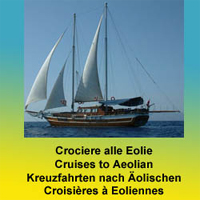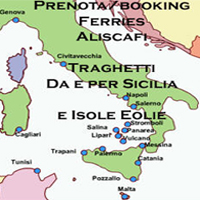The Hystory of Aeolian Islands
An ancient history From the book “The Aeolian islands” published by the Tourist office – Lipari The history of the Aeolian islands is basically identical to that of the island of Lipari. The first human settlers came there from Sicily in the Middle Neolithic period (from the fourth millenim BC), in small rudimentary boats. They […] ... Continue Reading →

The history of the Aeolian Islands
An ancient history From the book “The Aeolian islands” published by the Tourist office – Lipari The history of the Aeolian islands is basically identical to that of the island of Lipari. The first human settlers came there from Sicily in the Middle Neolithic period (from the fourth millenim BC), in small rudimentary boats. They […] ... Continue Reading →

The plant landscape of the Aeolian islands
The formation of the Aeolian Islands took place during the last 500,000 years (second the last datings made by volcanologists) and, unlike many Mediterranean islands, total autonomy in relation to land nearby, with which the archipelago seems not be ever came into contact area. The populations of plants and animals that are hosted in Aeolian […] ... Continue Reading →

Aeolian in the Unesco World Heritage list
According to the World Heritage Convention, for cultural heritage means a monument, group of buildings or site of historical, aesthetic, archaeological, scientific, ethnological or anthropological. The natural heritage, however, indicates relevant physical, biological, and geological, as well as the habitat of endangered plant and animal species and areas of particular scientific and aesthetic value. The […] ... Continue Reading →





